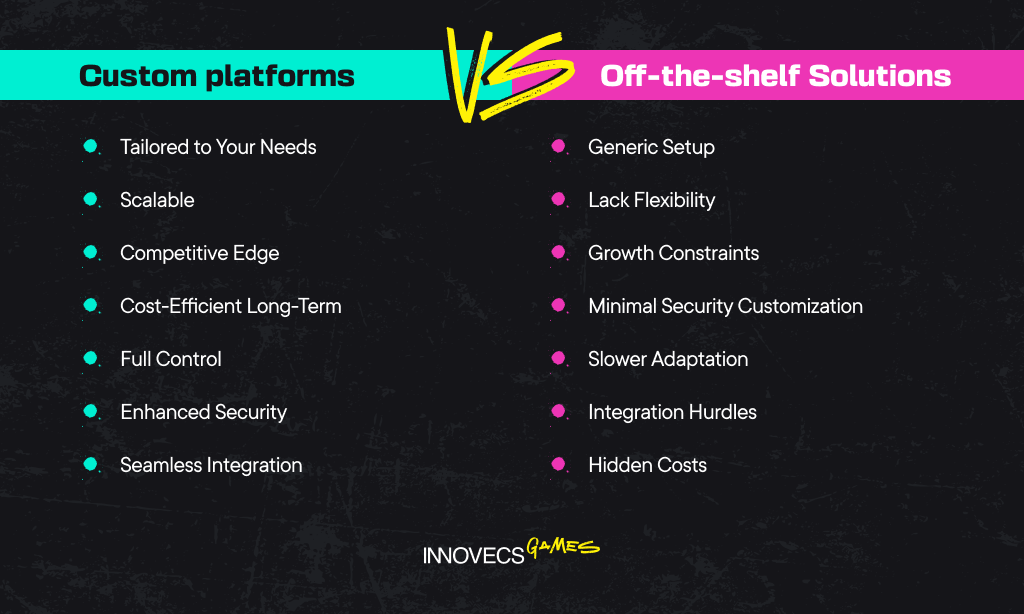Heart Hunter
Exploring the passion for the heart's adventures.
Scaling New Heights: The Quest for Gaming Platform Scalability
Discover the secrets to gaming platform scalability and unlock your game's full potential. Dive into strategies that elevate your gaming experience!
Understanding Gaming Platform Scalability: Key Concepts and Challenges
Understanding Gaming Platform Scalability is crucial for developers and operators in the gaming industry. Scalability refers to the ability of a gaming platform to effectively manage increasing amounts of workload and player traffic without compromising performance. This can include both vertical scalability, where resources are added to a single server, and horizontal scalability, where multiple servers are utilized. Key concepts in scalability include load balancing, which distributes incoming player requests evenly across servers to prevent overload, and cloud computing solutions that offer dynamic resource allocation based on real-time demand.
However, achieving optimal scalability comes with its own set of challenges. One major issue is ensuring data consistency across distributed systems, which can lead to synchronization problems as more players join the platform. Additionally, developers must consider the cost implications of scaling a gaming platform, as adding resources can quickly escalate expenses if not properly managed. By addressing these challenges and implementing robust scaling strategies, gaming platforms can create a seamless and engaging experience for players, regardless of user volume.

Counter-Strike is a popular multiplayer first-person shooter game that emphasizes teamwork and strategy. Players engage in various game modes, competing to complete objectives such as bomb planting or hostage rescue. For players looking to enhance their gaming experience, using a rollbit promo code can provide exciting rewards and bonuses.
Top Strategies for Achieving Scalability in Online Games
Achieving scalability in online games is crucial for accommodating a growing player base without compromising performance. One of the top strategies is to implement cloud gaming, which allows developers to leverage remote servers to handle large amounts of data and processing power. By doing so, games can scale up seamlessly during peak hours while minimizing latency for users. Another effective approach is utilizing microservices architecture to compartmentalize various game functions. This allows for individual components to scale independently, providing flexibility and enhancing overall performance.
Additionally, employing efficient load balancing techniques is essential. Load balancers can distribute player traffic across multiple servers, ensuring no single server becomes overwhelmed, which in turn enhances user experience. Furthermore, with automated deployment tools, developers can quickly roll out updates and adjustments across server clusters, thus maintaining an optimal gaming environment. As the online gaming industry continues to grow, focusing on these strategies will ensure that games remain responsive and enjoyable for players worldwide.
How to Measure and Optimize Scalability for Your Gaming Platform
Scalability is a crucial aspect of any gaming platform, as it determines how well your system can handle increasing loads and traffic. To measure scalability, it is essential to conduct load testing, which simulates real-world conditions by deploying multiple users onto your platform. Tools such as JMeter or Gatling can help you assess the performance under various conditions. You should focus on key metrics such as response time, throughput, and resource utilization. By setting clear performance benchmarks and conducting regular tests, you can identify bottlenecks and areas that need improvement.
Once you have gathered the necessary data, the next step is to optimize scalability. This can involve a variety of strategies, including:
- Optimizing Code: Review your game code to make sure it is efficient and free of unnecessary complexity.
- Implementing Load Balancers: Distributing traffic evenly across servers can significantly enhance performance.
- Investing in Cloud Solutions: Leveraging cloud services allows you to scale resources dynamically based on demand.
By continuously monitoring performance and adapting your strategies, you can ensure that your gaming platform remains responsive and capable of accommodating growth.